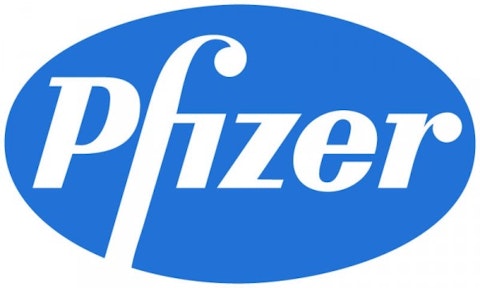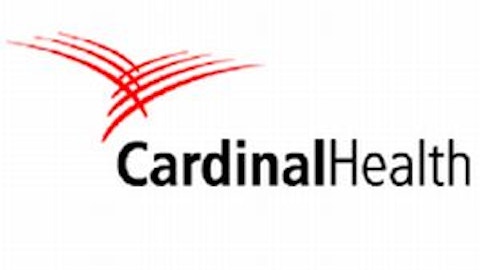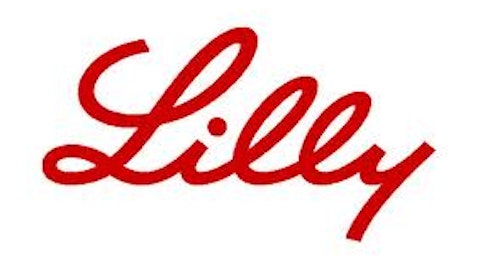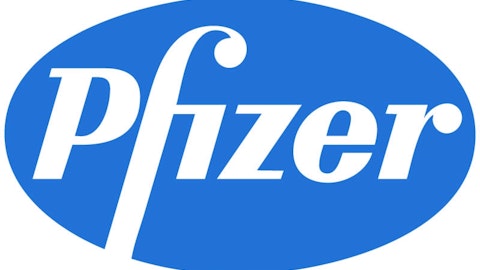A common trap many investors fall into is becoming overly confident in their views. This leads to wagering too much on a single outcome. We all know these investors – those who just ‘know’ a stock they are going to invest in is a ‘sure thing’ or a ‘gift from God investment.’ We also all know how this typically ends–the investor trying to explain to his wife why they lost the kid’s college funds on that ‘sure thing!’
Where most people go wrong is not in their view, but how they apply their view.

It may be worthwhile considering a different approach to applying your view. Instead of investing a big chunk of your capital into just one ‘sure thing,’ why not invest a small amount of capital into several long dated call options on a variety of stocks?
Consider this scenario: your view is that over the next two years several pharmaceutical stocks have promising upcoming trials. You reason that at least one of them is likely to perform well and create a significant price appreciation. The only problem is choosing which one will it be. You could buy Merck & Co., Inc. (NYSE:MRK), yet it might be Pfizer Inc. (NYSE:PFE) that has the blockbuster results and you miss out completely. You watch from the sidelines while Pfizer investors cheer as their stock doubles.
Well, investing in LEAPS may be a low cost answer to avoiding that, and can give you a finger in each pie without risking blowing up your retirement funds.
As an example, imagine you have $20,000 to invest. You could take approximately 1% of your capital and invest in LEAPS on several pharmaceutical stocks.
With volatility so low in the present environment, you can get a significant amount of exposure to the upside without risking a great deal.
Pfizer Inc. (NYSE:PFE), currently priced around $26, has an option market offering the Jan. 2015 $27 Call for just $2.20. If Pfizer Inc. (NYSE:PFE) produces a breakthrough trial, it may well see $40 before Jan. 2015, delivering you a profit of some $1,300 per contract.
But what if Pfizer Inc. (NYSE:PFE) fails and nothing spectacular happens? Well, you will lose $220, but you have nearly 2 years of being positioned for any upside.
I feel the majority of the market is aware of (and therefore has priced in) the issues Pfizer Inc. (NYSE:PFE) is facing with expiring patents, staring down it’s own patent cliff.
When I look at what I consider to be fully priced in headwinds and the potential tailwinds for Pfizer Inc. (NYSE:PFE), I am bullish. The potential tailwinds I speak of are the upcoming products Xalkori and Eliquis. These two products look as though they have significant potential, potential that I feel is over-discounted in the pricing of Pfizer.
Over-pricing of headwinds and underpricing of tailwinds, combined with low option volatility, make Pfizer a clear buy for me.
An investor could also consider picking up a call on Merck & Co., Inc. (NYSE:MRK). Merck & Co., Inc. (NYSE:MRK) is currently selling at $42, which means that offering a 4% dividend is not overly expensive. However, should it have a breakthrough trial, its upside could be considerable. The Jan. 2015 $47 Call is selling at $2.05. Is it expensive? Well, consider that if Merck & Co., Inc. (NYSE:MRK) does have a breakthrough trial it may not be out of the realms of possibility for its shares to reach $60, offering a potential $1300 return should it achieve this gain.
One of Merck & Co., Inc. (NYSE:MRK)’s key bullish factors is its serious commitment to designing a successful drug for treating Alzheimers Disease. In a recent interview Merck CEO Kenneth Frazier responded when questioned about Merck’s decision to continue Alzheimers drug research:
“When people question me (and ask) ‘Aren’t you putting a lot of money at risk for something that’s hard?’ I say, ‘Isn’t that exactly what the world wants a company like Merck to do?'”
But Merck and Pfizer may both fail and not produce any gains. How about if we added Eli Lilly & Co. (NYSE:LLY) to the mix?
Shares of Eli Lilly are currently selling at $53.77, but the Jan. 2015 $60 call is selling at $2.07. If we were so fortunate to have Eli Lilly & Co. (NYSE:LLY) succeed in a breakthrough trial, shares of the company could well hit $75. If this happened we could be sitting on a $1500 gain.
What makes me bullish about Eli Lilly & Co. (NYSE:LLY) is it’s pipeline. It is as rich and diverse as it has ever been. With over 50 molecules currently in either Phase 1, 2 or 3 trials, to me it is just a matter of time before Eli Lilly & Co. (NYSE:LLY) hits pay dirt. With the nature of the pharmaceutical industry, just 1 or 2 successful products can mean billions in long term revenue. Yes, the odds of success may be low, but the payoff can be enormous.
A finger in each pie approach
This method, although by no means fool proof, offers what might be argued as the somewhat reasonable possibility of a significant payoff. Yet the total risk / cost to your imaginary retirement fund is just 3%, spread over a time frame of nearly 2 years.
Even if the rest of the retirement capital was placed in high yield savings account, the cost of the trade would be significantly repaid by expiry.
If one of these trades were to race away the fund might well deliver a return of $1300-$1500–that’s roughly a 6%-8% return on overall funds. Admittedly it’s not a life altering return, but it needs to be remembered what was risked to achieve it. At a known maximum loss of just 3%, this is a payoff profile of about 2.5 to 1.
There is no risk of margin, and no risk of major losses to retirement funds; just the upfront risk of the call options. This is realized at the start. This means no sleepless nights worrying about your investment ‘gapping down’ or receiving those dreaded calls from your broker demanding more cash because your account is in margin.
The article Which Pharmaceutical Stock Should You Invest In? originally appeared on Fool.com and is written by Jarrod Bailey.
Copyright © 1995 – 2013 The Motley Fool, LLC. All rights reserved. The Motley Fool has a disclosure policy.





